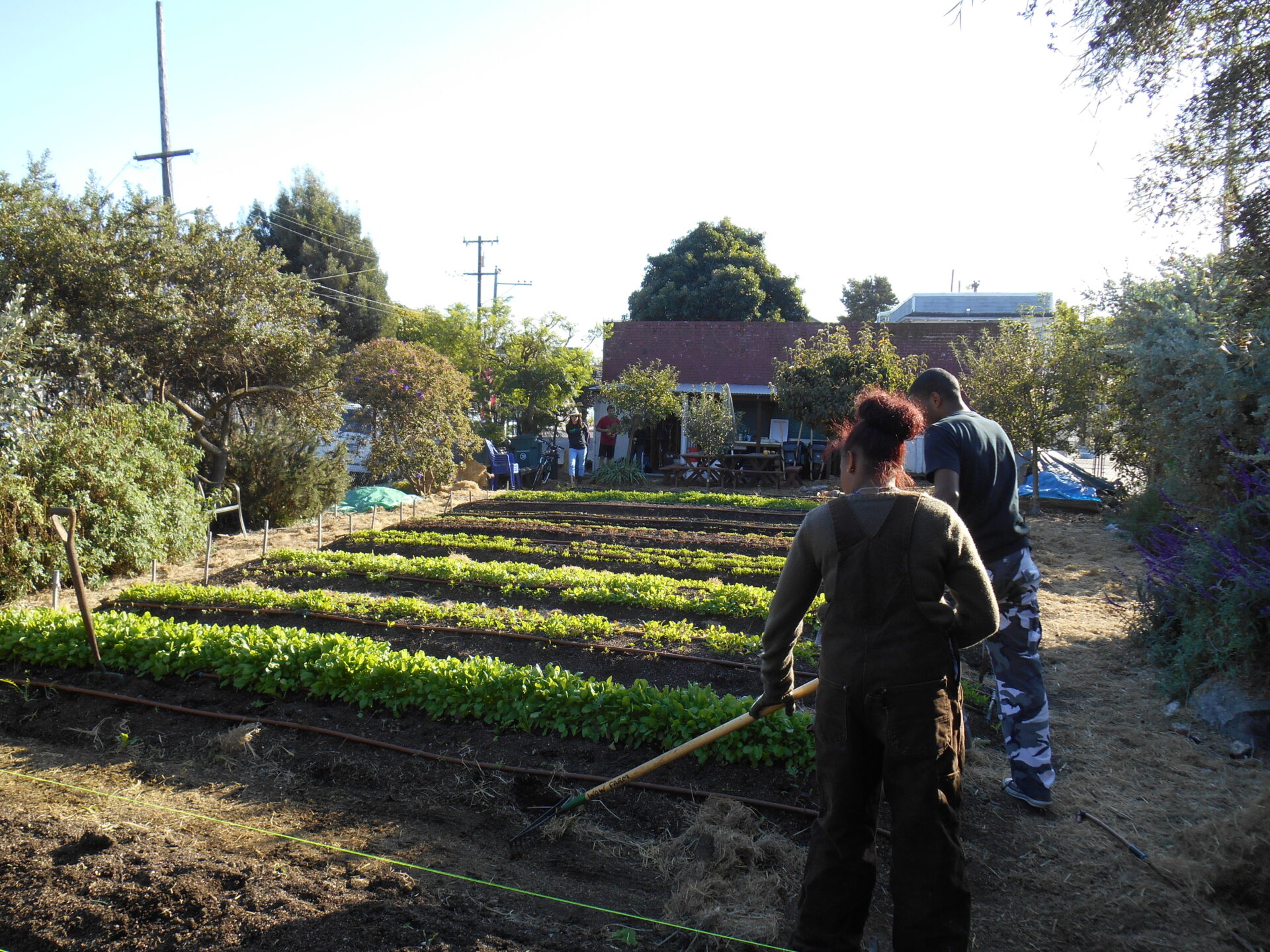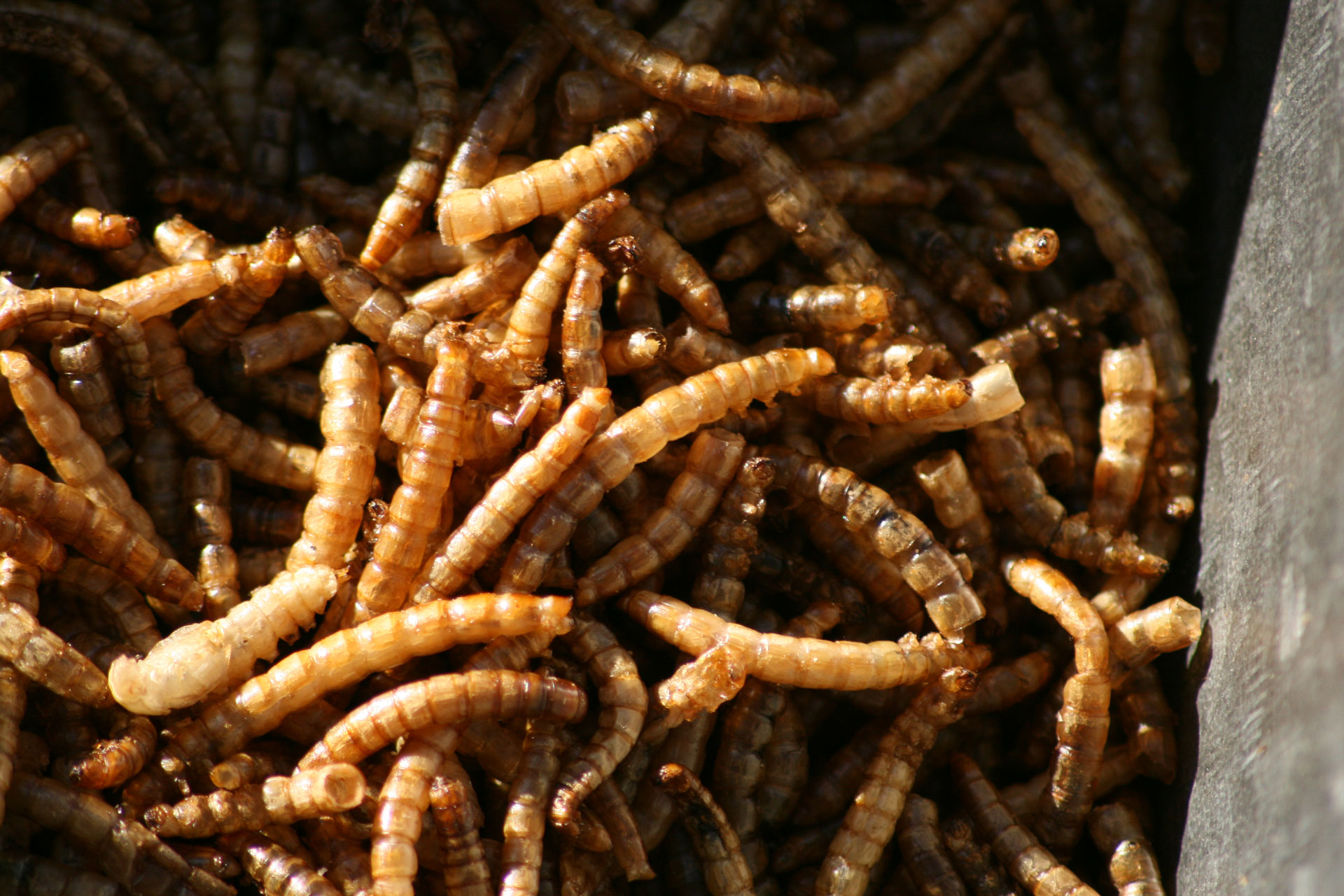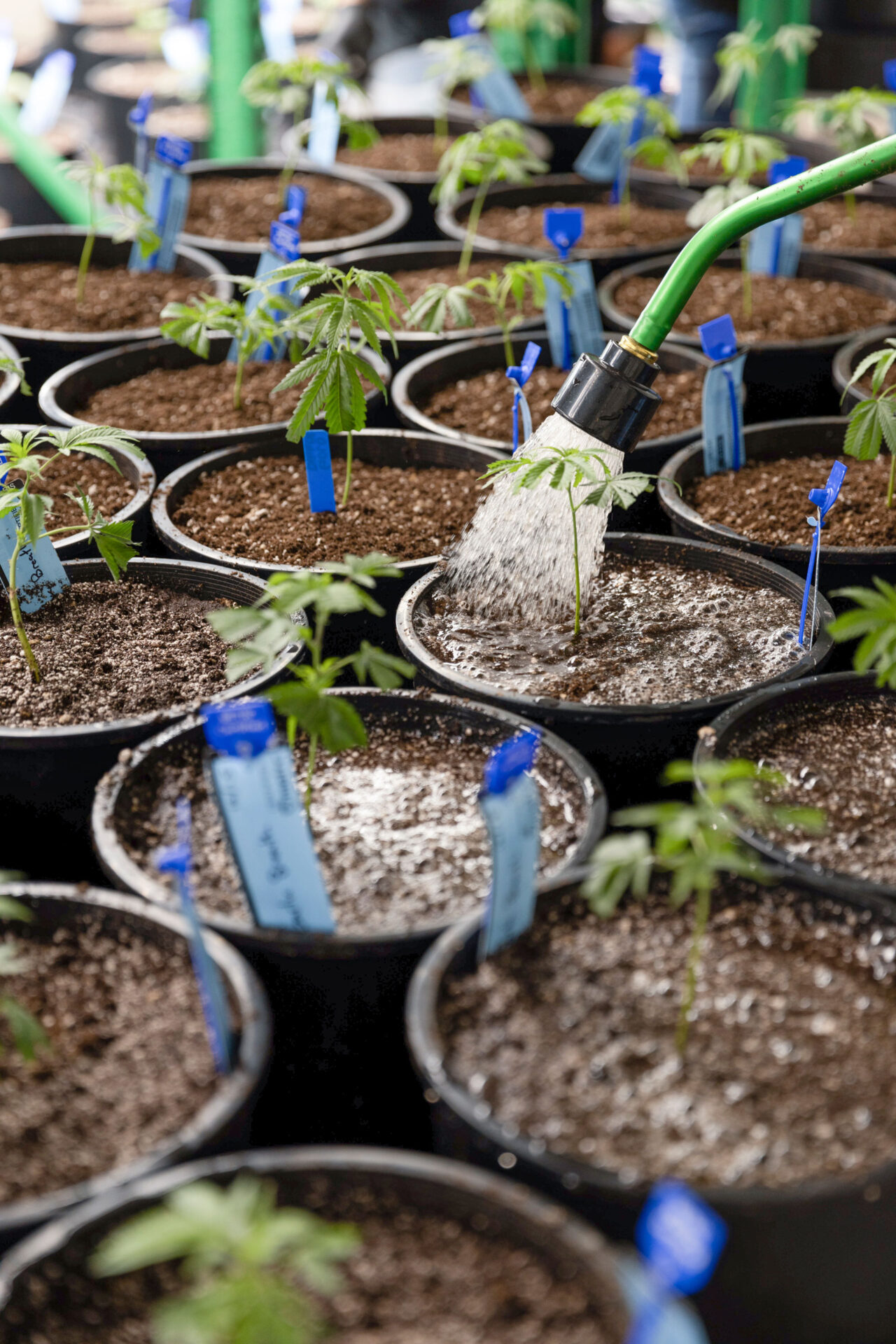
As urban farming continues to rise in popularity as a way for urban communities to tackle food insecurity and promote food sovereignty, new laws and standard operation procedures are being put into place to ensure food safety of those products. The California Urban Agriculture Food Safety Guide, produced in December 2020 by UC Berkeley, UCCE and Sustainable Economies Law Center, provides a thorough overview of what those urban farmers or gardeners may be subject to.
“For new urban farmers, it outlines relatively new laws that offer new opportunities for urban farmers and gardeners to grow and distribute foods for sale including the Cottage Food Act and the Community Food Producer Act,” said Jennifer Sowerwine, UCCE metropolitan agriculture and food safety specialist at UC Berkeley and lead author of the guide.
“We tried to take complex regulations and put them into a format that will be more accessible for very small-scale growers,” added Rachel Surls, UCCE sustainable food systems advisor and co-author.
The 72-page guide also explains whether or not urban farmers may be subject to the Food Safety Modernization Act (FSMA), and clarifies that all food grown and sold or donated in urban environments should be following the CDFA’s Small Farm Food Safety Guidelines, according to Sowerwine.
“Generally, any farm or organization in California that grows or distributes produce offered for public consumption is subject to these guidelines,” she said. “Therefore, urban farmers, community gardens and backyard gardeners should all read and implement these guidelines before offering food for public consumption, whether by sale or by donation.”

Clearing Things Up
The laws and standard operation procedures in the guide were previously difficult to find and navigate. Sowerwine said that this guide provides a “one-stop-shop” for laws that may affect the urban farm as well as best practices for safe growing, distribution and storage of not only fresh produce, but also eggs, chicken and small livestock. It also provides guidelines and resources for safe compost production, application and management.
Surls noted that products produced and distributed by urban farmers have long existed in a “legal gray area” and that new laws like the ones outlined in the guide are clearing things up.
“[Urban farm produce] was not necessarily considered an “approved source” for sale to retail food establishments,” she said. “Two laws cleared that up. Now urban growers are considered “approved source” through a category called “community food producers” established by California state laws AB 1990 and AB 234.”
Sowerwine said that the COVID-19 pandemic has contributed to an increase in household food production as evidenced by the rapid decline in seed supplies, and rising demand in raising chickens in backyards. This has given more incentive for people to not only become urban growers but to also be aware of any laws or acts that may pertain to them.
“Many are sharing foods with their neighbors, donating it to food pantries, aggregating produce into CSA-type boxes, and some are taking advantage of the Community Food Producer Act to sell their products,” Sowerwine said.

Importance of Food Safety
The entire guide is structured around the necessity for food safety in an urban environment. Urban farmers need to adhere to any and all food safety laws that may apply to their operation, namely those relating to soil health and disease prevention in order to grow and sell products.
“Food safety is very important in the urban farming sphere, particularly in relation to urban soils,” Sowerwine said. “It is important before starting to farm to assess your urban soils for any risk of contamination by learning about the prior site use, and if there is elevated risk, then getting a soil test.” The guide outlines testing, remediation and best management practices for urban soils.
Another issue is disease prevention. The guide makes it clear that following standard operating procedures is necessary to ensure that every biosecurity measure is met to reduce any and all incidence, whether that be between animals or zoonotic.
“Even one case of E. coli or Salmonella is too many,” Surls said. “Everyone who produces food for distribution wants it to be healthy for whomever is going to eat it. Growers can face legal liability if someone gets sick from eating what they grew, and of course we want to prevent that from happening.”
Surls said that urban farmers are generally focused on community health and food access, so the incentive for following proper guidelines to keep food production constant is there.
“Everyone wants to be healthy, and following the best practices outlined will help minimize the risk of on-farm or in-garden contamination.”

On-Farm Assessment
At the end of the guide, Sowerwine prepared an on-farm food safety assessment for California urban farms. According to Sowerwine, the checklist offers a comprehensive assessment of potential on-farm food safety risks, adapted from USDA guidelines and in compliance with the CDFA Food Safety Guidelines, yet “tailored to smaller-scale operations,” she said.
“It covers the five main areas of potential risk of contamination and how to assess them, including risk from water, animals, soils, surfaces and health and hygiene factors, and best practices to minimize risk as well sample record keeping forms to document best practices,” she said.
Sowerwine noted that even for smaller-scale operations, it can be helpful to walk through the assessment and determine where there may be contamination issues and how to address them.
“And for farms that may have community or student engagement, what kind of signage and training may be beneficial,” she added.
A publication of the full guide is available for free download at anrcatalog.ucanr.edu/pdf/8660.pdf.





